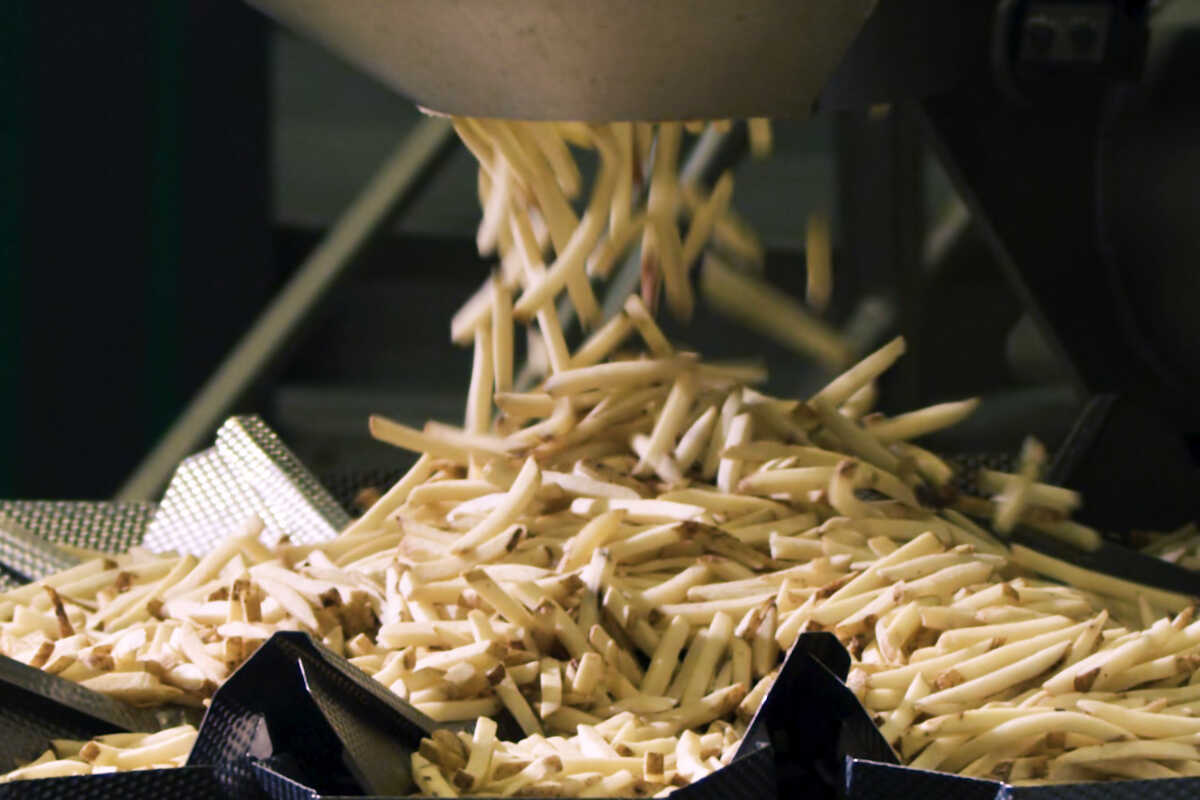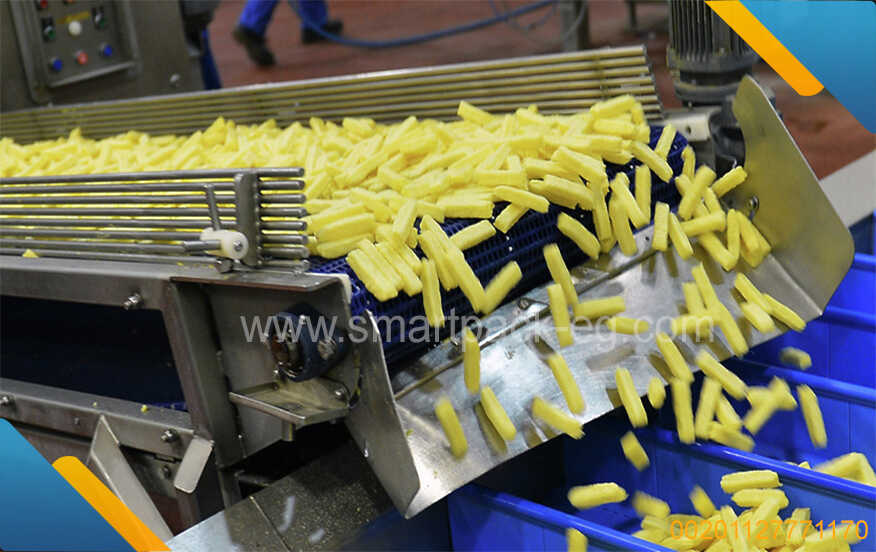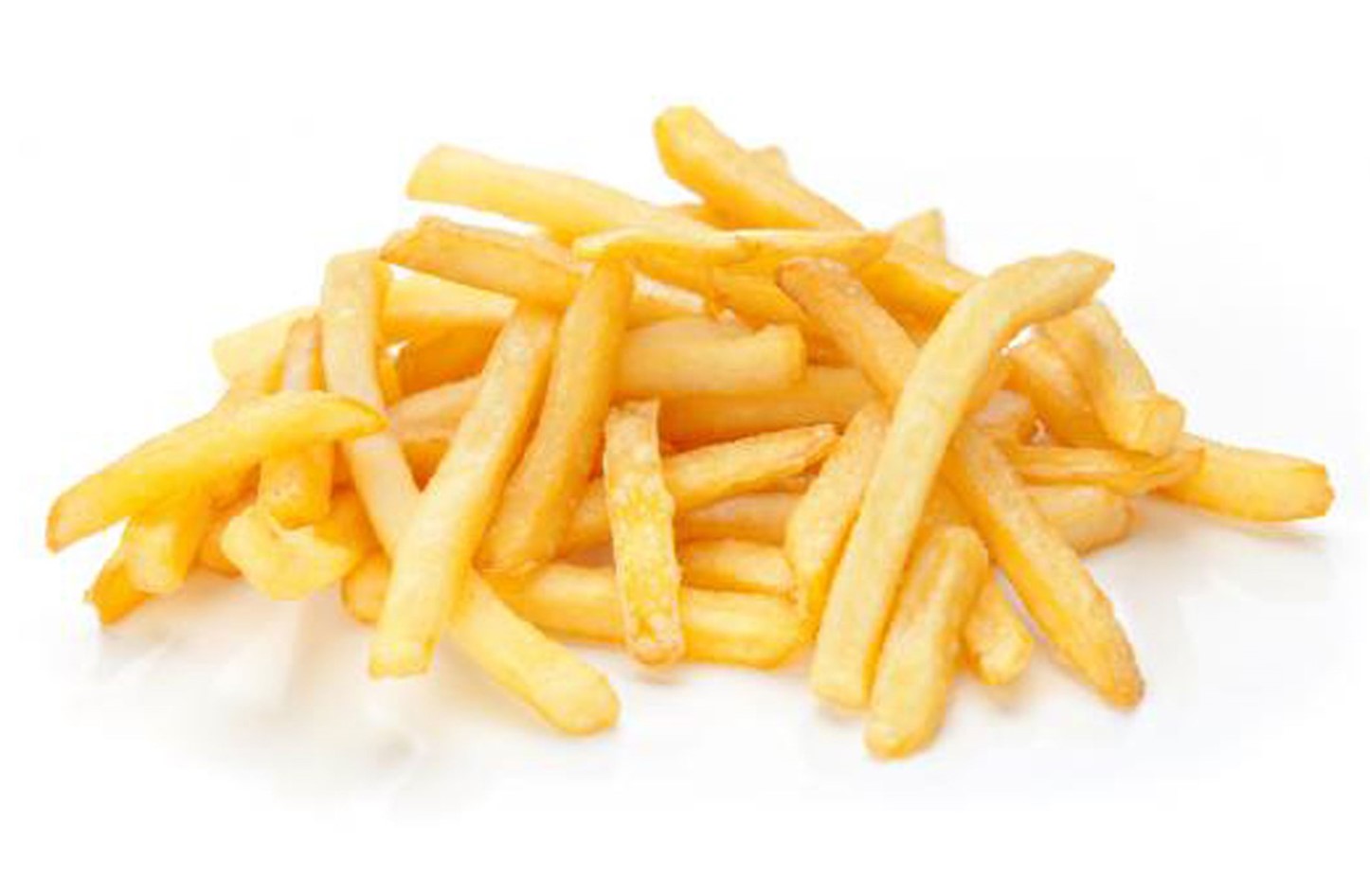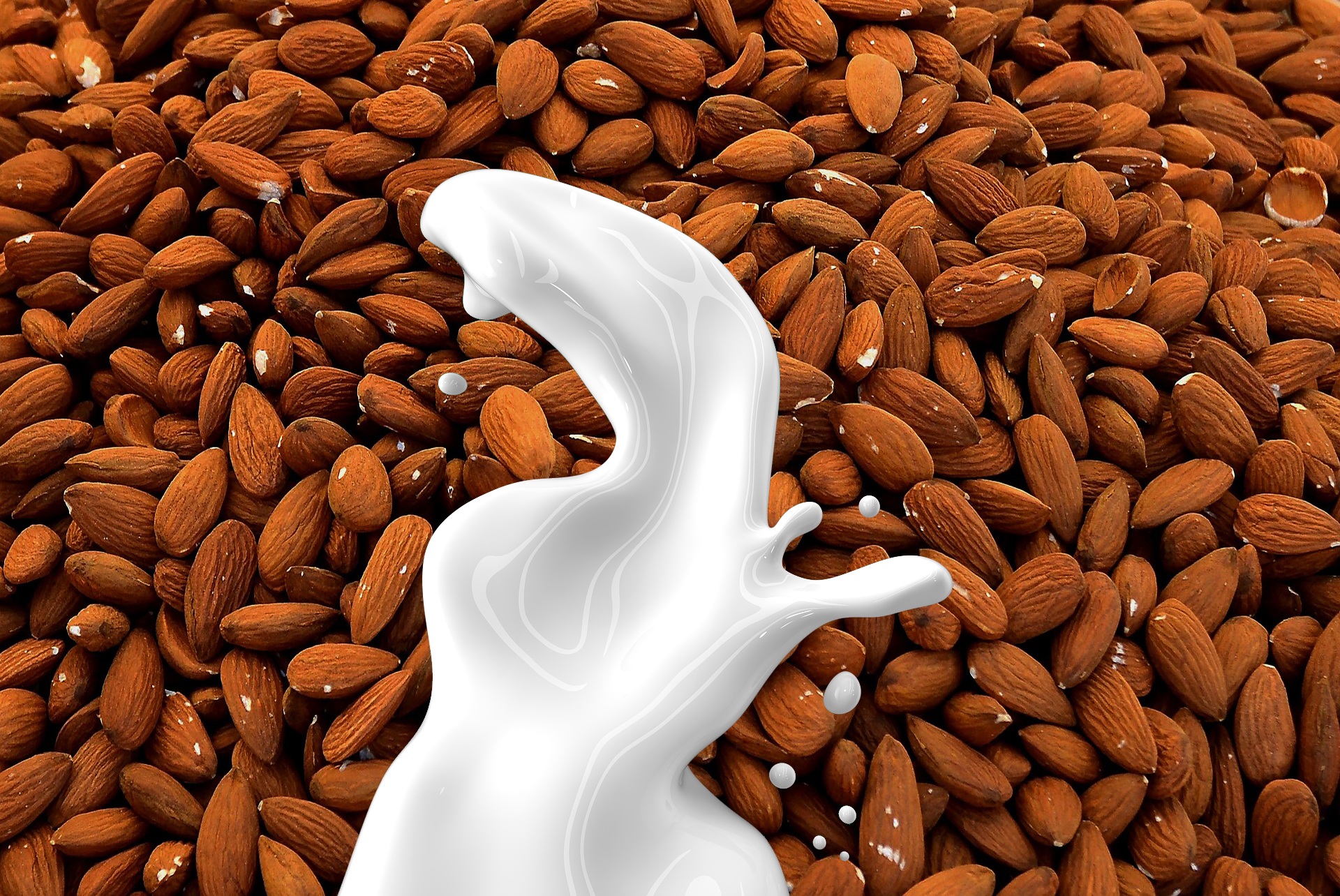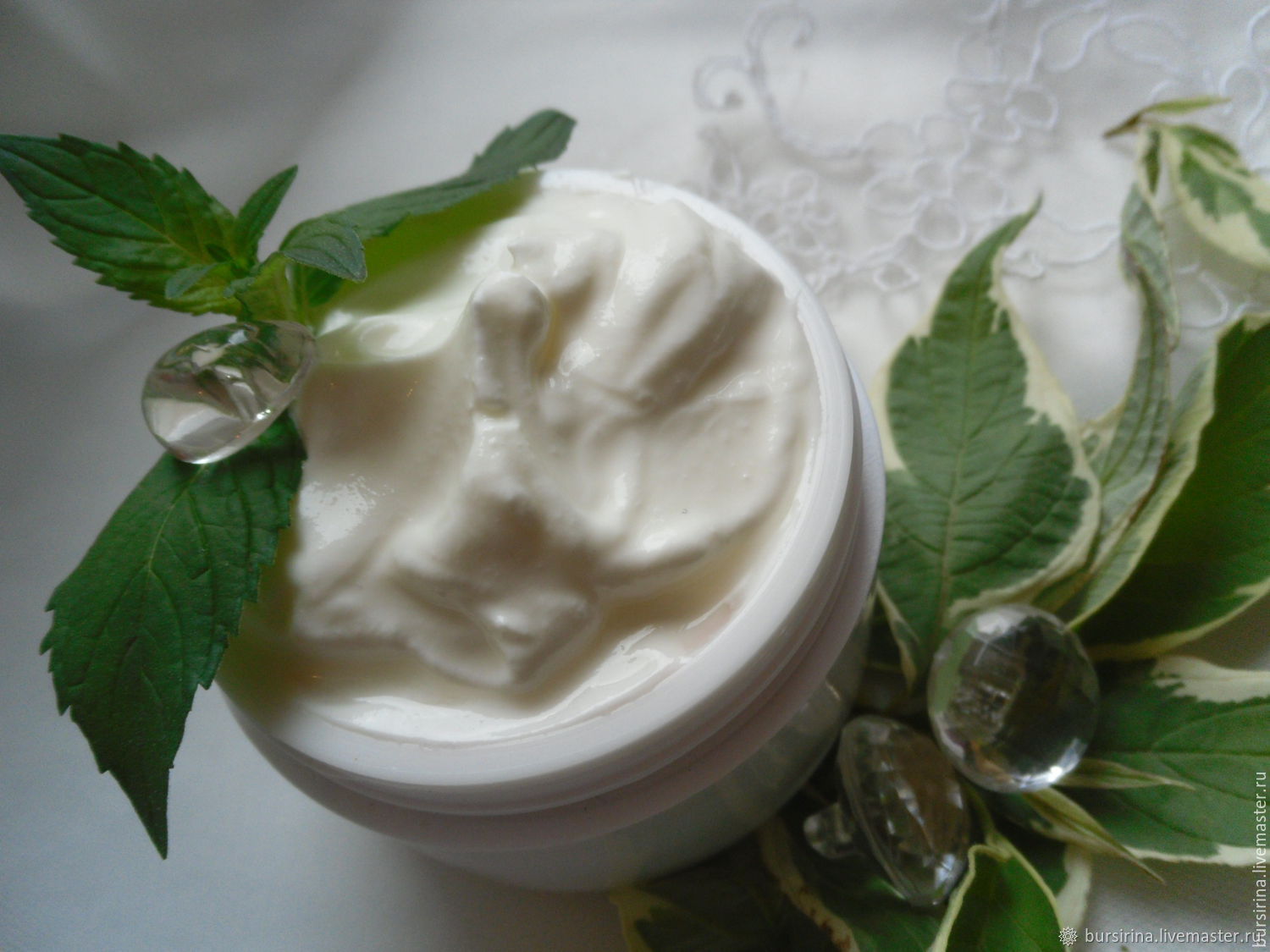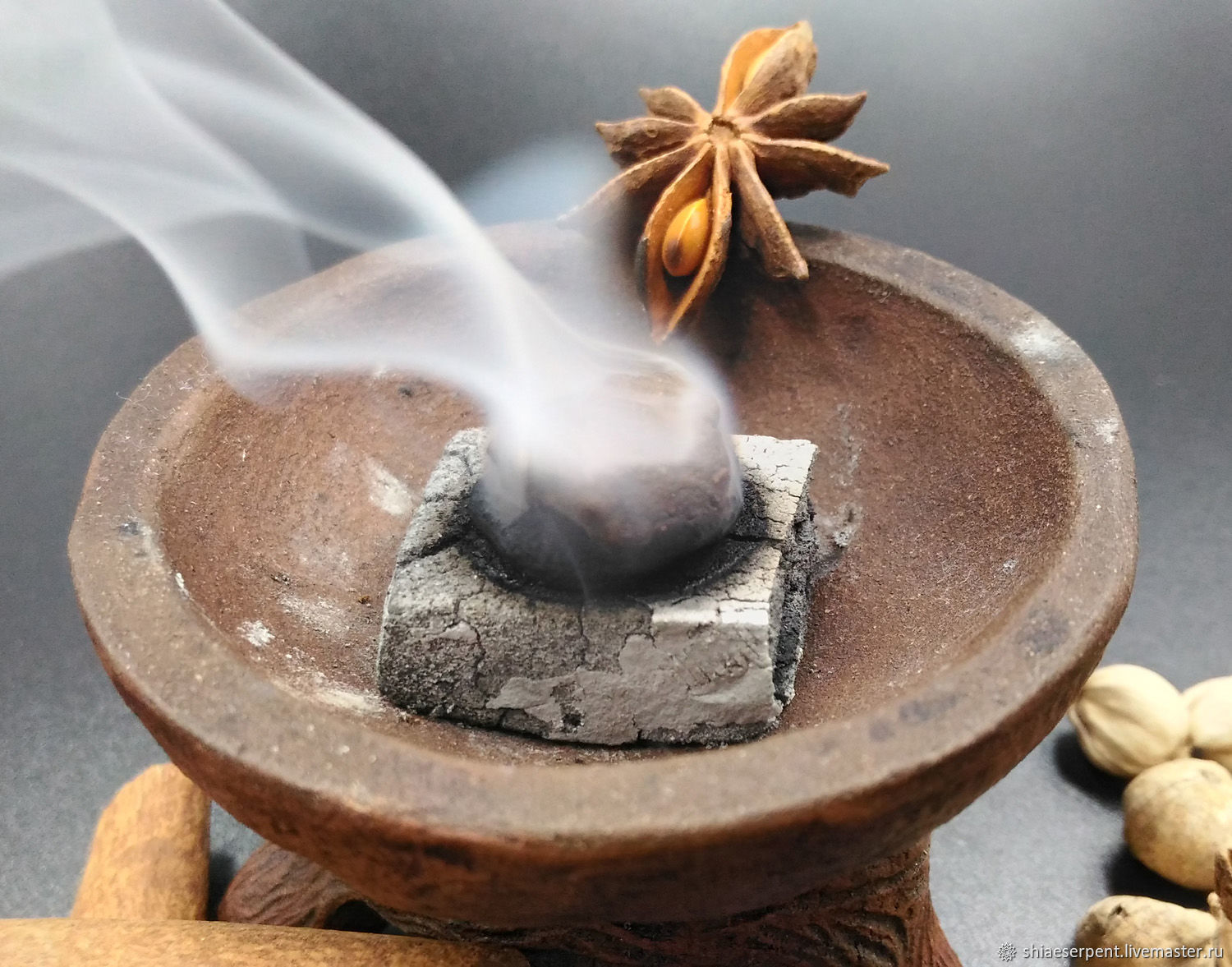How To Guide: How to Make Glycerin
Introduction:
Glycerin, also known as glycerol, is a versatile and commonly used compound in various industries. It is a thick, odorless liquid that is widely used in skincare products, pharmaceuticals, food, and many other applications. Making glycerin at home can be an interesting and rewarding DIY project. In this guide, we will walk you through the step-by-step process of making glycerin.
Materials Needed:
- Vegetable oil (such as coconut, olive, or soybean oil)
- Sodium hydroxide (lye)
- Distilled water
- Glass or stainless-steel container with a lid
- Thermometer
- Stirring utensil (preferably glass or stainless steel)
- Safety equipment (gloves, safety goggles, and apron)
- pH test strips (optional)
- Funnel
- Clean bottles or jars for storage
Step-by-Step Instructions:
- Safety First:
Ensure your safety by wearing gloves, safety goggles, and an apron before starting the glycerin-making process. Sodium hydroxide (lye) can be caustic and it's important to take precautions.
- Preparing the Lye Solution:
- Measure out the required amount of distilled water into a glass or stainless-steel container. Ensure you have the right proportion of water to lye for the desired glycerin concentration (typically 1 part lye to 3 parts water).
- Carefully add the sodium hydroxide (lye) to the distilled water while stirring continuously. Caution: Always add lye to water – never the other way around – as it can cause a violent reaction. Be cautious of the heat generated during this process.
- Stir the mixture until the lye has completely dissolved. The solution will become hot, so allow it to cool down to room temperature naturally.
- Mixing the Lye Solution with Vegetable Oil:
- Choose a vegetable oil of your preference, such as coconut, olive, or soybean oil.
- In a separate container, measure out an equal amount of vegetable oil to the amount of lye solution you made.
- Slowly pour the lye solution into the vegetable oil while stirring continuously. Make sure the two components are thoroughly mixed.
- Continue stirring the mixture until it reaches a trace, which is a thick pudding-like consistency. This process can take anywhere from several minutes to an hour, depending on the oils used.
- Curing the Mixture:
- Transfer the mixture to a glass or stainless-steel container with a lid, ensuring it has enough space to expand during the curing process.
- Seal the container and let it sit undisturbed in a cool and dark location for about six weeks. This curing process allows the glycerin to separate from the soap, resulting in a higher purity glycerin.
- During the curing period, check the pH of the mixture using pH test strips if desired. Glycerin typically has a slightly acidic pH of around 4-5.
- Separating the Glycerin:
- After the curing period, you will notice a layer of glycerin that has separated from the soap mixture. Carefully pour the glycerin into a separate container.
- If there is any excess soap residue, remove it using a funnel or a strainer.
- Storing the Glycerin:
- Finally, pour the glycerin into clean bottles or jars for storage. Ensure the containers are tightly sealed to prevent any contamination.
- Store the glycerin in a cool, dry place away from direct sunlight.
Conclusion:
Congratulations! You have successfully made glycerin at home. This versatile compound can be utilized in a wide range of applications, such as skincare products, homemade soaps, or as a moisturizer. Remember to always exercise caution while working with chemicals and follow safety protocols. Enjoy the benefits of your homemade glycerin and explore the endless possibilities it offers.

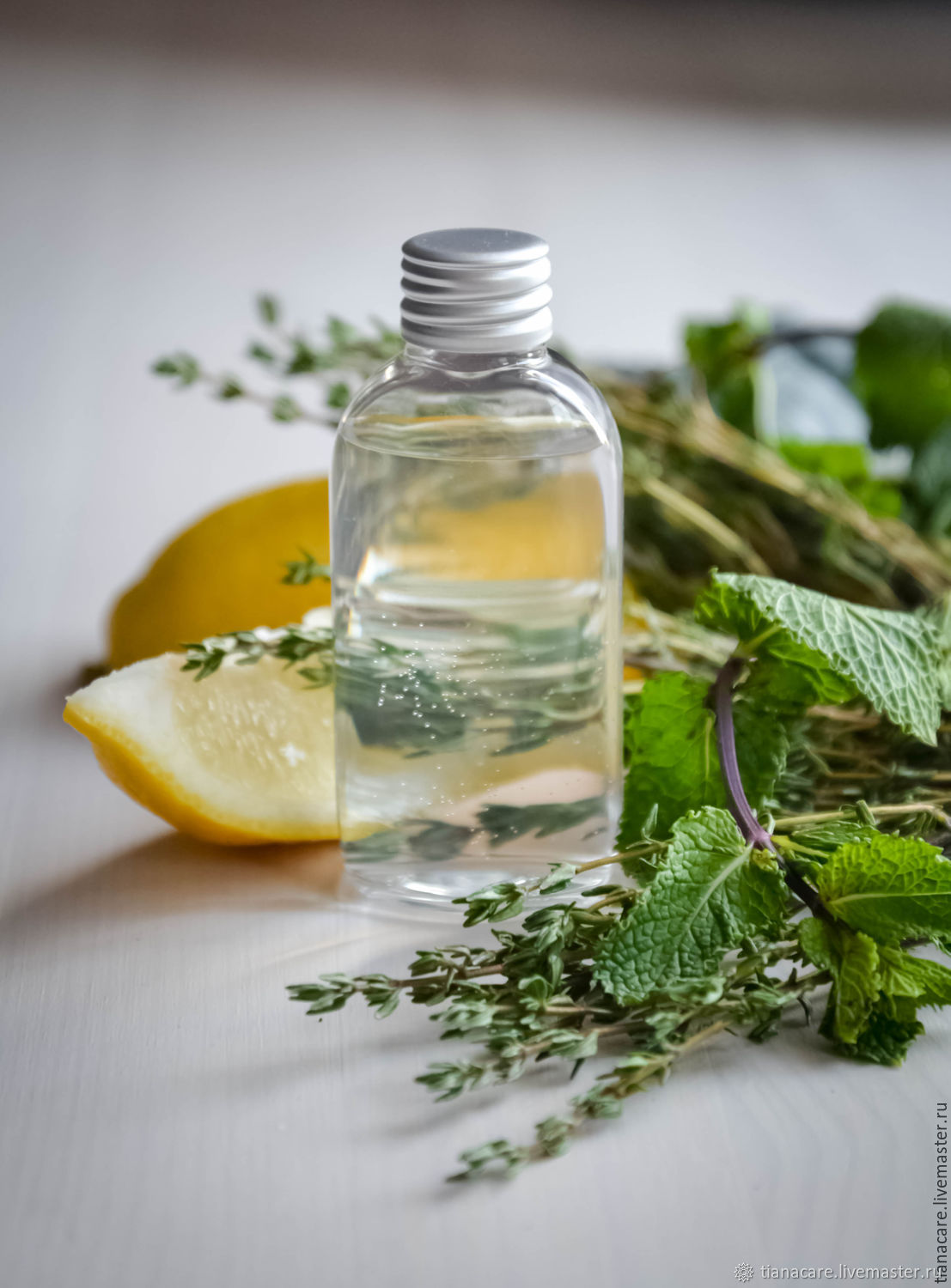
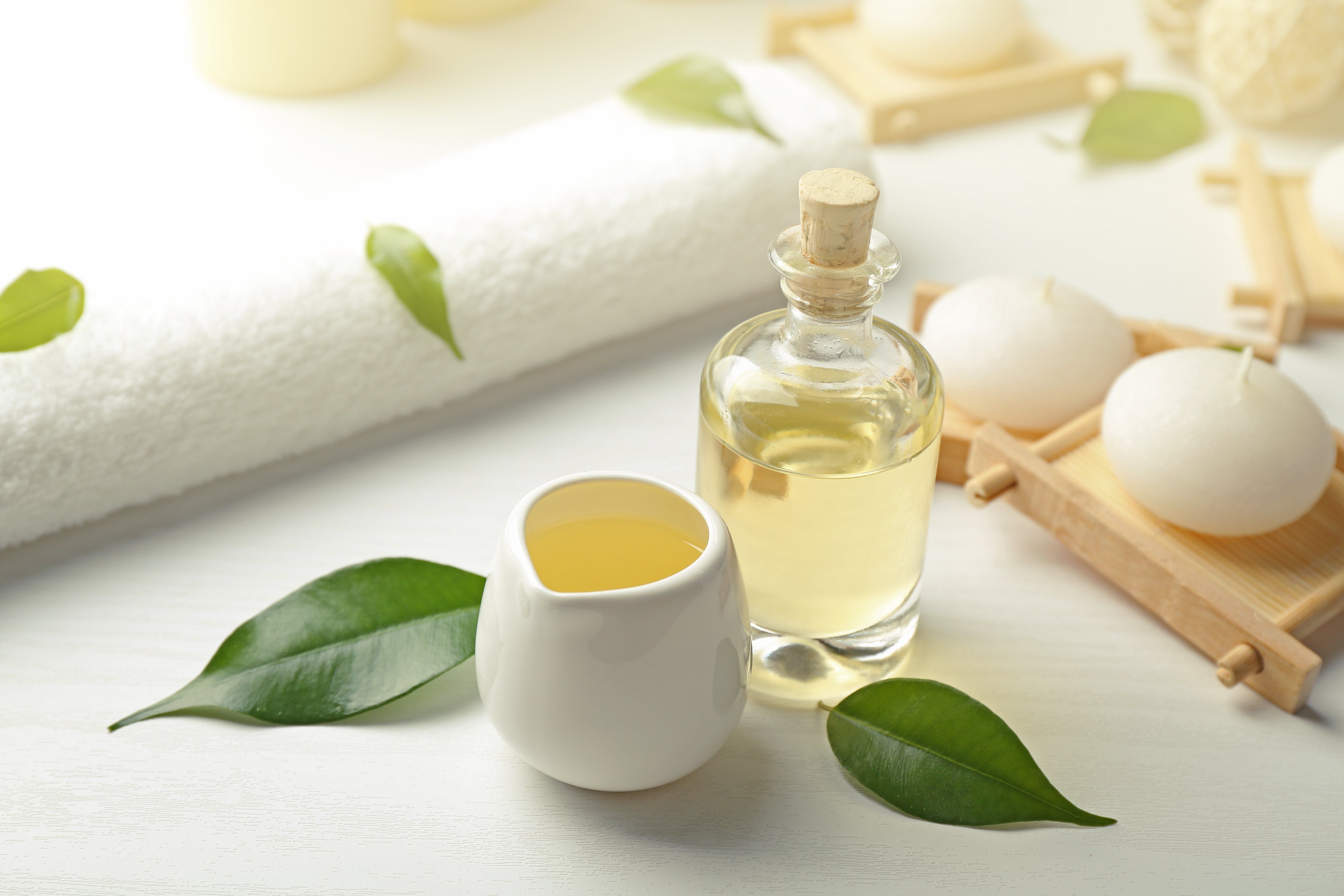
 Admin
Admin 